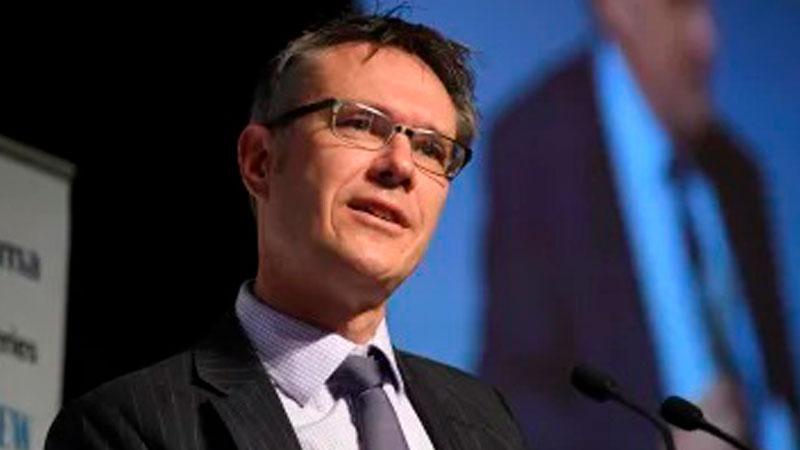Housing Shortfall Will Kick-Start Price Growth: RBA
The residential construction downturn is larger than the Reserve Bank expected, and with building approvals 40 per cent lower than their 2017 peak, a shortfall in housing supply looks “quite likely”.
In an address in Sydney on Thursday, Reserve Bank deputy governor Guy Debelle said that while the bank forecasts a further 7 per cent decline in housing investment over the next year, the downturn looks set to bottom out by 2020.
Debelle said that tight conditions on lending to developers and longer lead times on high-density construction means that supply may lag behind demand—prompting a price response from the housing market.
“So there is quite likely to be a shortfall again in the foreseeable future,” Debelle said.
“Hence some large developers tell us that they are prepared to retain their employees through the coming trough in activity.”
The Reserve Bank’s forecast for a 2020 trough in construction activity echo predictions made by other economists, including Commonwealth Bank’s Kristina Clifton who estimates an undersupply of apartments from as early as next year.
“Despite the massive boom in recent years, residential construction is below average relative to population growth, [which] increases the attractiveness of new development,” Clifton said.
Related: Property Investors Rise in Every State and Territory

However, Debelle did point to downside risk that the decline could be more protracted and directly affect the economy.
Residential construction grew from 2012—underpinned by faster-than-expected population growth—to make up the highest share of Australia’s gross domestic product since the global financial crisis.
With housing construction sitting at around 6 per cent of GDP, the decline in investment will “directly subtract around 1 percentage point from economic growth”, Debelle said.
It’s an effect that Debelle says may be “somewhat larger” given the impact the residential construction sector has on business services and manufacturing.
Official figures released by the ABS on Thursday show that the unemployment rate has declined again in September, adding a lower-than-expected 14,700 jobs—while the number of people looking for a job remains at record highs despite recording a slight 0.1 percentage point decline.
Debelle said that the bank remained concerned about aggregate outcomes for inflation and unemployment.
“Unemployment is a little higher than it was at the beginning of the year, and there has not been much upward pressure on wages. In turn, this has contributed to the extended run of inflation outcomes below the medium-term target range.
“As a result, the board has decided to ease monetary policy in recent months.
“With these actions, we are seeking to make more assured progress towards both full employment and the inflation target.”














